Purple Starthistle
Information
Centaurea calcitrapa - Asteraceae Family
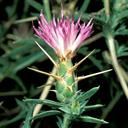
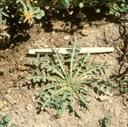
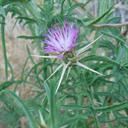
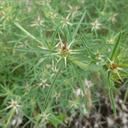
Identification
- Flowers: The flowers are purple and 0.6 to 1 inches in diameter. Twenty-five to 40 florets (small flowers) make up each flower head. Underneath the flower are spine-tipped bracts that are greenish or straw-colored.
- Seeds: The seeds are oblong and 2.5-3.5 mm long. They are white and often streaked with brown.
- Leaves: The leaves are alternate, with deeply divided lower leaves and narrow and undivided upper leaves. The leaves are five to eight inches long and have dots of resin on their surfaces.
- Flowering Time: The plant produces long stems in spring and early summer. It flowers from June through November.
- Life cycle: Purple Starthistle can live as an annual in extremely favorable conditions, but most often lives as a biennial.
Impacts
- Purple Starthistle can quickly displace native flora in disturbed areas due to its rapid growth and seed production.
- Purple Starthistle is unpalatable to grazing animals and rapidly degrades the forage quality in any infested areas.
- With thicker and stronger spines than its relatives, Purple Starthistle poses a threat of injury to both humans and animals moving through infested areas.
Control
Most effective control methods
- Small infestations of Purple Starthistle can be effectively controlled by manually pulling and disposing of plant remains. Plants should be cut at least 2 inches below the surface.
- There are no effective biocontrol agents currently approved for use in the US to control Purple Starthistle.
- Chemical control can prove effective on Purple Starthistle if applied in early spring. Multiple treatments may be needed for best control.
Large Images
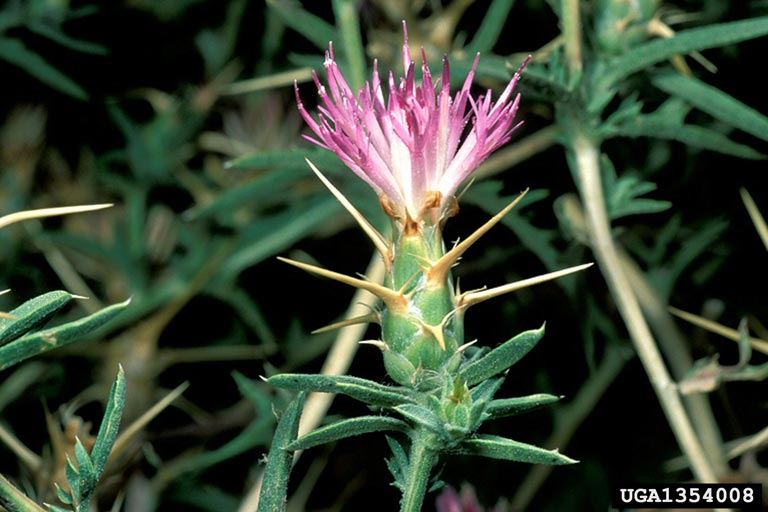
Purple starthistle: flower
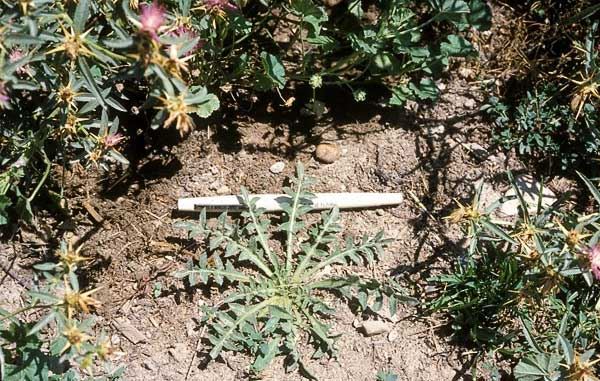
Purple starthistle: rosette
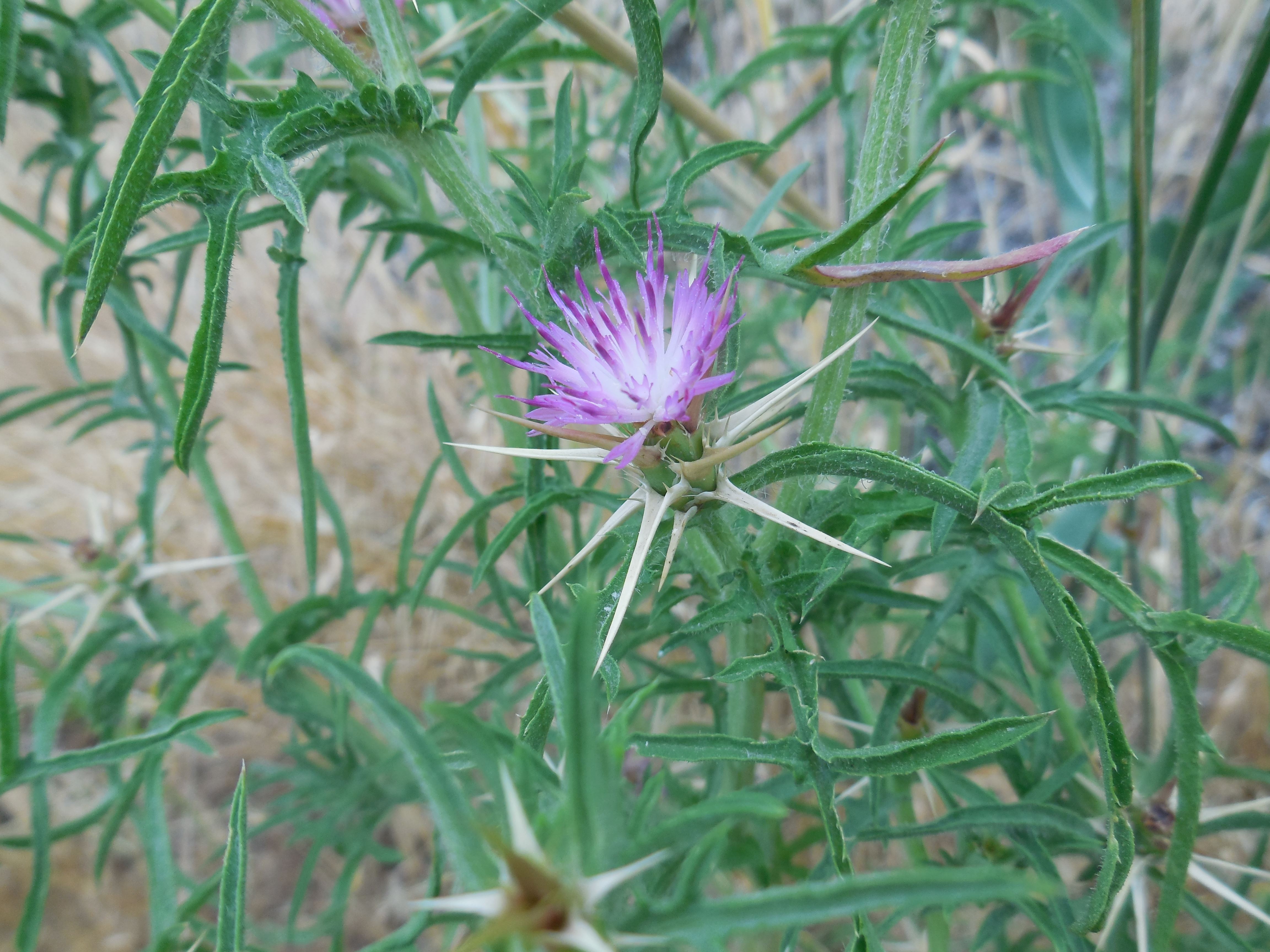
Purple starthistle: flower and foliage
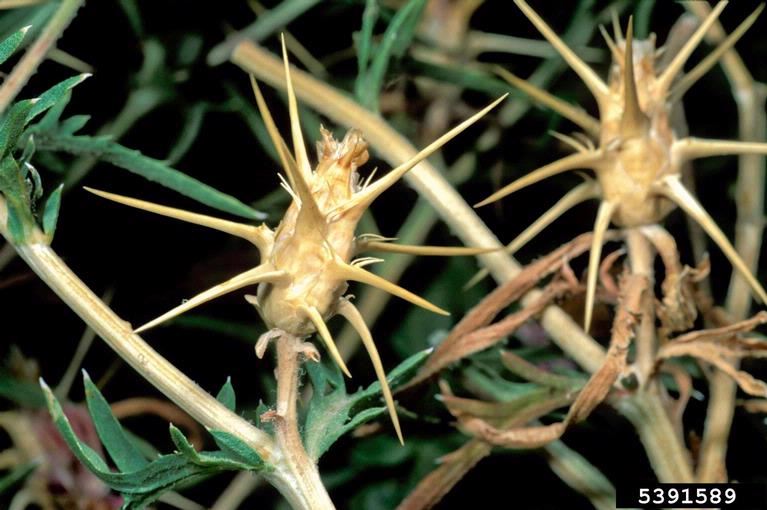
Purple starthistle: sharp spines
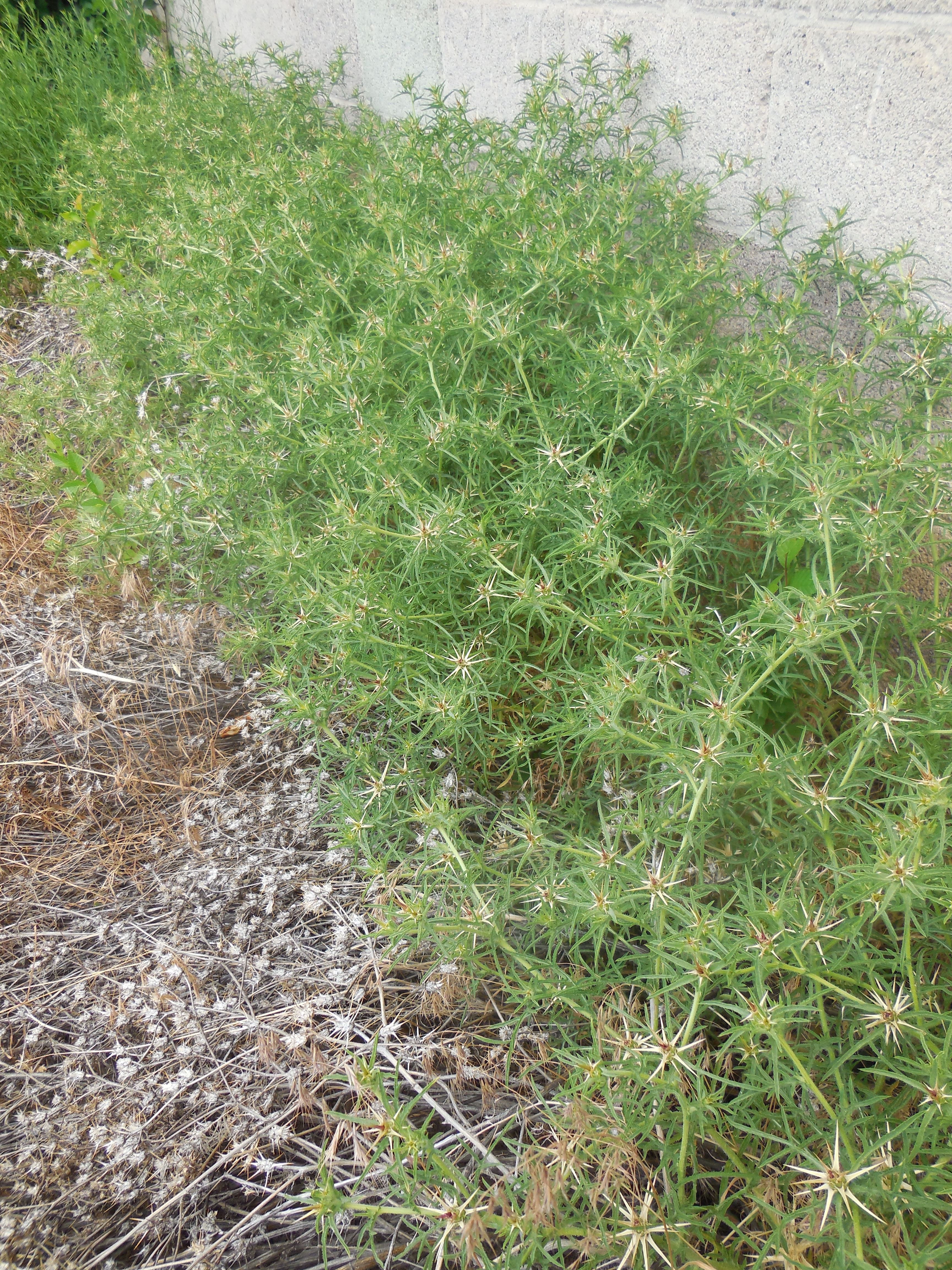
Purple starthistle: infestation
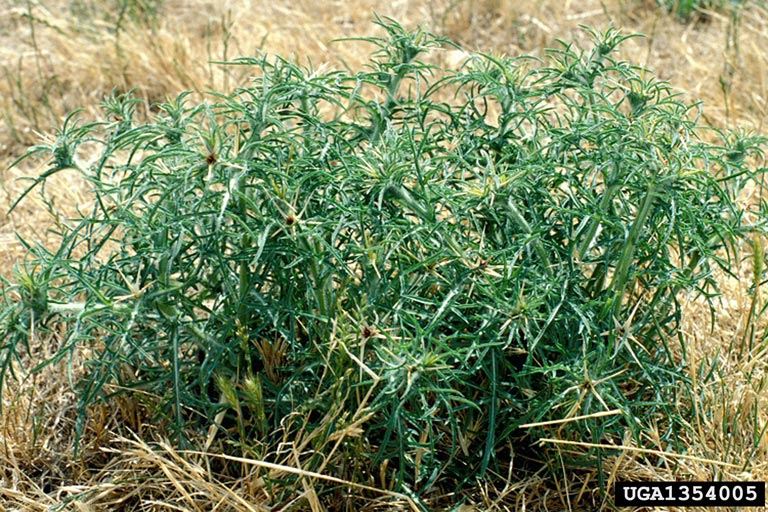
Purple starthistle
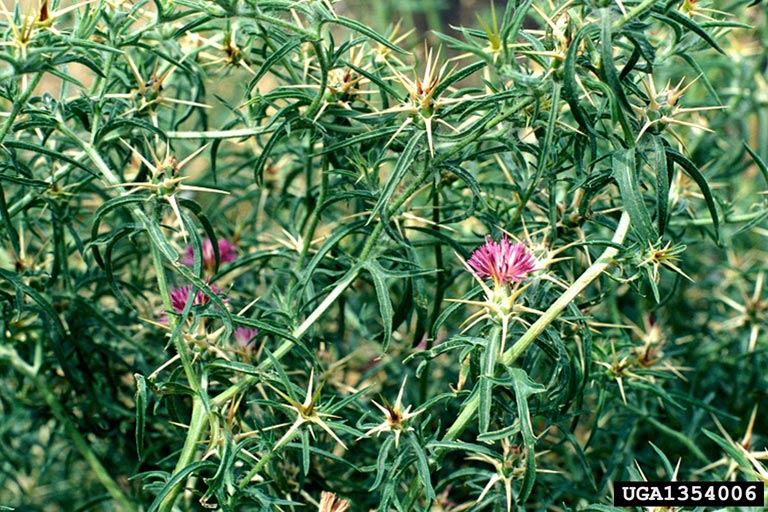
Purple starthistle: flowers, spines, and foliage
Resources
-
References
California Invasive Plant Council. IPCW plant report: Centaurea calcitrapa. Retrieved from https://www.cal-ipc.org/resources/library/publications/ipcw/report26/
DiTomaso, J.M., G.B. Kyser et al. (2013). Weed Control in Natural Areas in the Western United States [PDF file]. Weed Research and Information Center, University of California. Retrieved from https://wric.ucdavis.edu/information/natural-areas/wr_C/Centaurea_calcitrapa-iberica.pdf View PDF
Graham, J. & Johnson, W. Managing purple and Iberian starthistles [PDF file]. Retrieved from https://www.unce.unr.edu/publications/files/nr/2003/FS0346.pdf View PDF
Marin Agricultural Land Trust. (2012, April). Purple star-thistle control [PDF file]. Retrieved from http://ucanr.edu/sites/Grown_in_Marin/files/162871.pdf View PDF
Reeves, K. (2010). Exotic species: purple starthistle. Retrieved from https://www.nps.gov/articles/purple-starthistle.htm
Texas Invasive Species Institute. (2014). Purple star thistle. Retrieved from http://www.tsusinvasives.org/home/database/centaurea-calcitrapa




